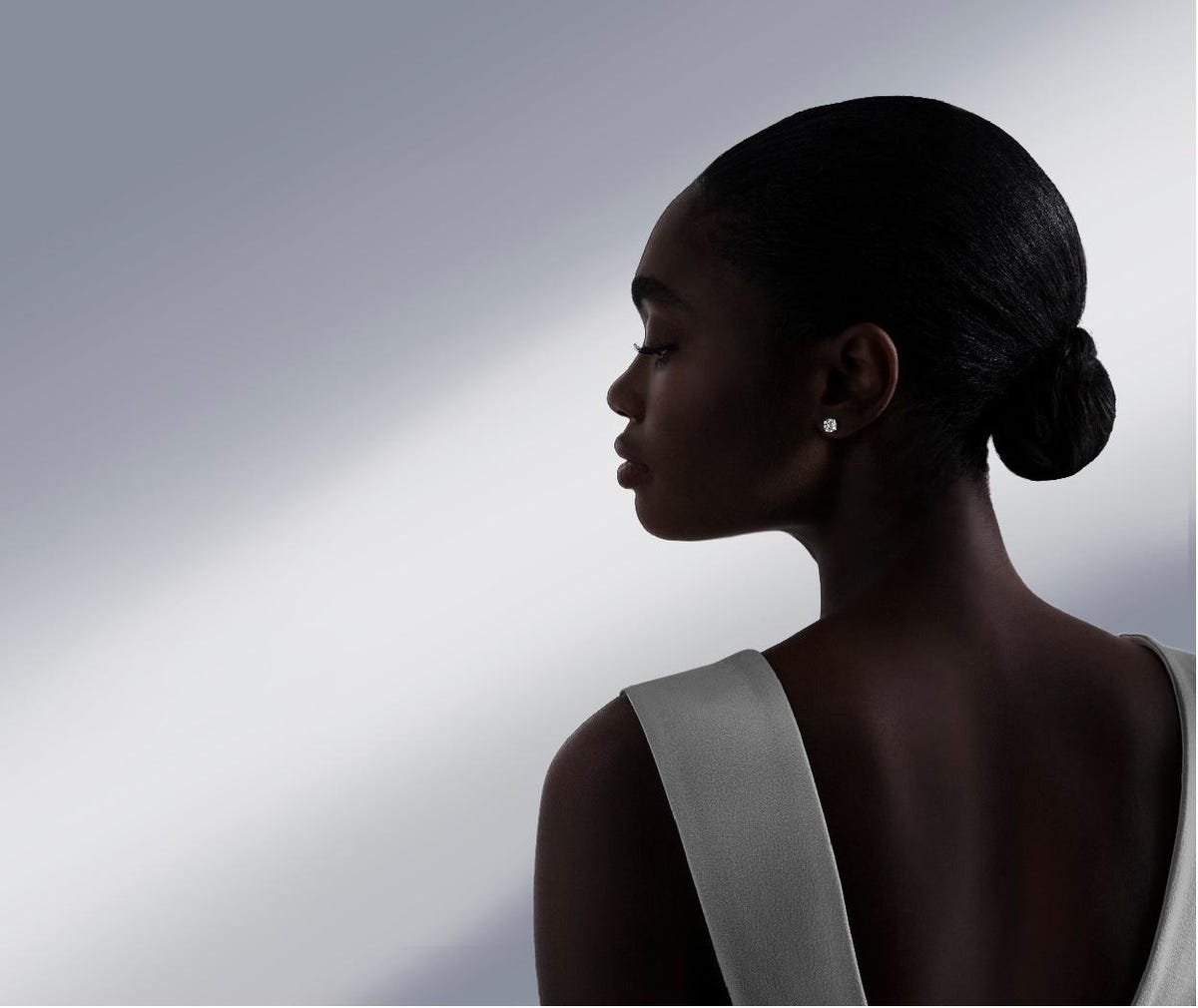
“We believe Lightbox is additive to the whole jewelry industry,” says Lightbox Jewelry president … [+]
Back in 2018, De Beers turned a lot of heads when it announced the launch of its Lightbox lab-grown diamond brand. At the time, De Beers Group CEO Bruce Cleaver laid out the strategy to “transform” the lab-grown diamond sector with a “fun, pretty product” that “doesn’t cost that much.”
Limiting its range to fashion jewelry such as earrings and necklaces with a special emphasis on colored lab-grown stones, De Beers reserved engagement rings for its natural Forevermark brand. It also established a base price of $800 per carat for its lab-grown diamonds, exclusive of the jewelry setting, which at the time undercut other producers’ LGD prices.
It was a classic “disrupt yourself before you are disrupted” move and now three years into its exploration of the market opportunity lab-grown diamonds represent, Lightbox is opening the doors wider for consumers wanting a lab-grown diamond alternative.
More stones for more people
Lightbox just announced the launch of Lightbox Loose Stones so consumers can buy a stone and take to a local jeweler to have their engagement ring or other dream piece crafted for them.
And Lightbox has also amped up its CVD lab-grown diamond technology with a secondary refinement process to elevate the stone’s quality further. These even finer stones, promised as “the highest color grades a stone can be,” are sold under the Lightbox Finest brand. Lightbox Finest brand prices start at $1,500 per carat for a loose stone with earring and necklace jewelry options available.
In speaking with Lightbox president Steve Coe, he stands firm on Lightbox’s positioning as a fun alternative, but lab-grown diamonds are clearly a serious business for the company. With U.S. jewelry sales reaching $62.3 billion in 2020, Edahn Golan Diamond Research estimates lab-grown’s market share rose from 2% in 2019 to 3.1% last year.
MORE FOR YOU
And now that some two-thirds of all U.S. jewelry stores stock lab growns, up from only about 10% just five years ago, the industry is ready for a surge in diamond jewelry purchasing of either the lab-grown or natural variety, as an expected wedding boom in 2022 gains steam.
“Quite a few customers have been asking for the opportunity to take our high-qualIty lab-grown stones and personalize them in their own jewelry designs,” Coe explains.
“We’re happy to help them create fun and affordable custom-designed jewelry using our colorful array of stones,” he continues. “It’s a great opportunity for consumers to experiment with their own designs and take a few risks. And it plays to one of the strengths of our lab-grown diamonds, which is its relatively low price point.”
Just in time for the holidays when demand for diamond jewelry peaks, Lightbox is expanding its reach into what many consider the fastest-growing segment in the jewelry market: lab-grown diamonds.
The only thing holding lab growns back has been limited supply, to which Coe assures his company has plenty of. “Like any new emerging technology, it’s difficult to ramp up supply to completely match demand,” he says.
However, last fall the company opened a new lab in Gresham, OR with the ability to produce 200,000 carats a year. “We have the capacity in place to meet whatever demand is out there,” he continues.
To meet the growing consumer demand, Lightbox currently sells its jewelry and loose stones on its consumer-facing website and through some 120 brick-and-mortar jewelry stores today.
However, Coe reveals, “We’re looking to expand that number significantly as we get into the new year.”
Price transparency
When shopping for lab-grown diamonds, consumers often face a largely opaque market where price is concerned.
LGDs are graded by the same standards as mined diamonds and priced similarly, though at a high-double discount off the comparable price for a mined diamond. For example, jewelry research firm Tenoris found the average price for a high grade one-carat mined diamond was $8,900 in September, as compared with $3,557 for similarly graded lab-grown.
By comparison, Lightbox is completely transparent about price: $800 per carat for its regular stones and $1,500 per carat for its upgraded Finest gems. With prices like that, Lightbox is hard to beat.
“Like with any manufactured product, the manufacturing costs go down over time. That is why we first launched Lightbox at what we believed was a very reasonable and sustainable long-term price point,” Coe shares. “We set our prices to basically give a reasonable margin above the cost base. And our intention is to stay at these price levels.”
Growing the diamond jewelry pie
When asked if the introduction of loose lab-grown diamond stones would compete against De Beers flagship offerings in bridal and wedding jewelry, Coe wasn’t concerned.
“I don’t think consumers particularly shop for engagement rings with a low budget. Consumers with a higher $5,000 to $10,000 budget for a natural diamond ring are not going to be too distracted by one of our stones at $800,” he says.
While many would beg to differ, now that Lightbox makes loose stones available, it gives consumers the opportunity to choose how to use them.
In closing, Coe confirms what many other observers in the jewelry industry believe. Giving consumers the choice between lab-grown diamonds and mined diamonds opens the jewelry market up and helps grow the whole pie.
“We believe Lightbox is additive to the whole jewelry industry. Just like women will pay $1,000 for a pair of shoes or a handbag, why not give them the opportunity to buy a great piece of jewelry. It opens us up for more frequent purchases and more repeat purchases. This is a great business opportunity for us.”




